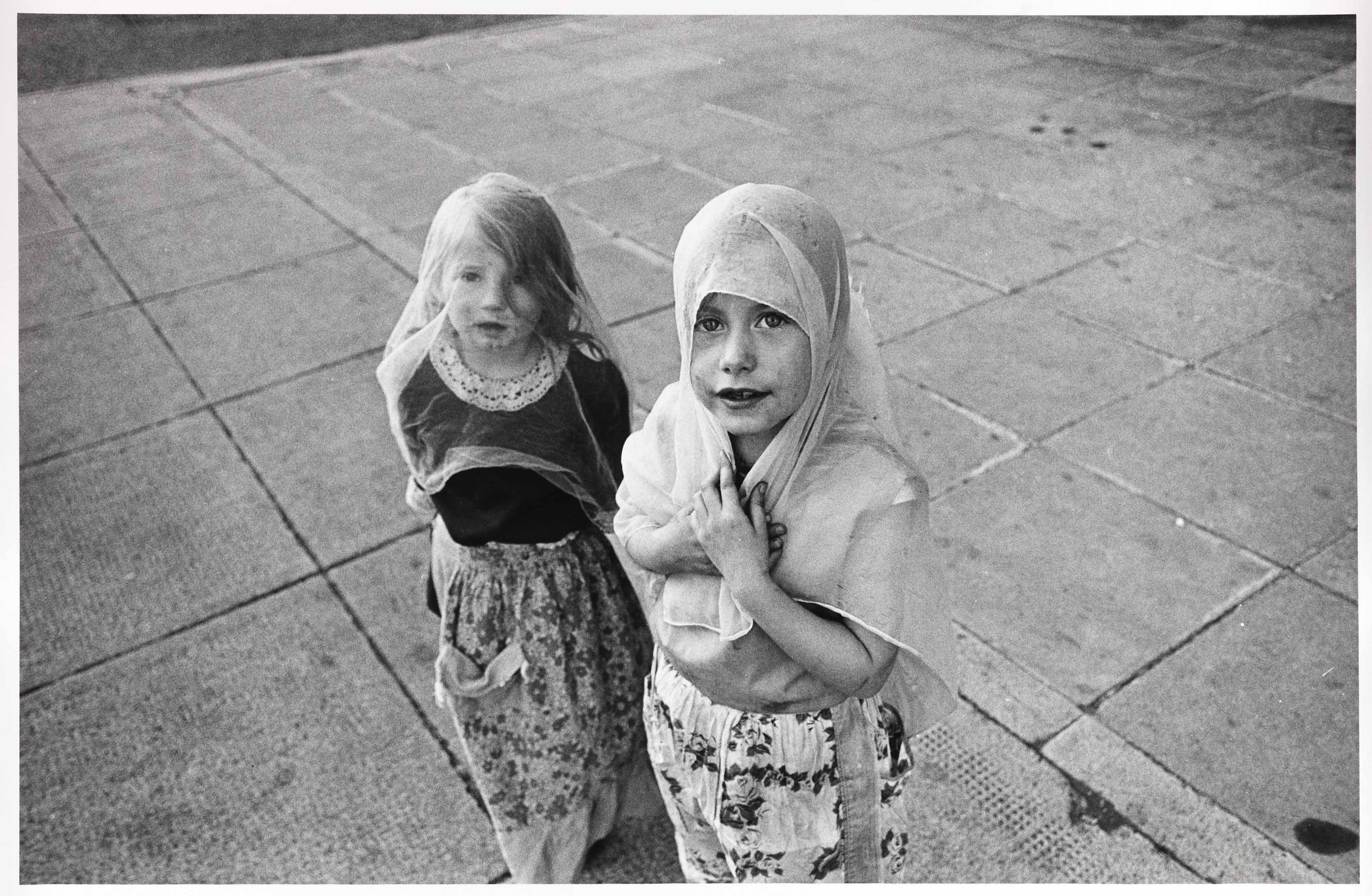Nick Hedges was commissioned by housing charity Shelter to document the poor conditions suffered by many around 1970. He travelled around the UK for four years and photographed people in slum properties in London, Birmingham, Liverpool, Sheffield, Glasgow and other major cities. A selection of these images – 100 out of the 1000 vintage prints held by the National Media Museum – can now be seen in the Virgin Media Studio at Media Space.

Detached from the original Shelter context and combined with many images which have never been seen before, Make Life Worth Living does not just show the misery in housing around 1970, but is, in fact, a cinematic narrative of Hedges crisscrossing the UK from 1968 to 1972. The selection is reminiscent of Robert Frank‘s groundbreaking book The Americans. Like Frank, Hedges at the time was a true ‘noir’ photographer.
It has been said that Nick Hedges’ work for Shelter is strongly related to the American tradition of social documentary established by photographers like Lewis Hine and Paul Strand. Moreover, an analogy can be found in the work of Walker Evans, when he was hired by the Farm Security Administration to document the poor conditions of the farmers in pre-Second World War America.
Hedges also continued the rich tradition of socially committed photography in Britain. In fact, few photographers have captured better than Hedges what is both so upsetting and captivating in the look of Britain around 1970. Yet this is more than the aesthetics of poverty. Hedges’ Britain is at times a gritty place full of shadows, where you get the feeling things may not end well, but you still can’t stop looking.

The images taken outside the derelict houses – street scenes, city and rural landscapes – have a casual, almost drive-by feel. But you quickly see how carefully Hedges chose the images he shot over four years. Signs, interiors, children, and animals keep cropping up, echoing from image to image. These images possess an energy and a visual harshness that contradict what may at first glance be mistaken for objective photojournalism.
It’s not only permissible, but also rewarding to take pleasure in Hedges’ images; the way light falls on a kitchen floor, the terraced houses running down to a factory, the pile of shoes in the window of a second-hand shoe shop, or the vacant stare of a mother holding her baby. When life is hard, which it often is in these photographs, we have to look hard, but when we do, Hedges shows us beauty in many places.

Apart from showing beauty, disconnection and decay, Hedges’ poignant work offer us an important part of Europe’s past and culture. 40 years later, his Shelter archive is an incredibly strong body of work with which Hedges created history with his camera, history that happened in the form of scenes that can now become symbolic archetypes embedded in a national consciousness. Nick Hedges shows us a life worth seeing – the words ‘worth seeing’ in fact being a gross understatement.
Make Life Worth Living: Nick Hedges’ Photographs for Shelter, 1968-72 runs in the Virgin Media Studio at Media Space until 18 January 2015. Entry to the exhibition is free.